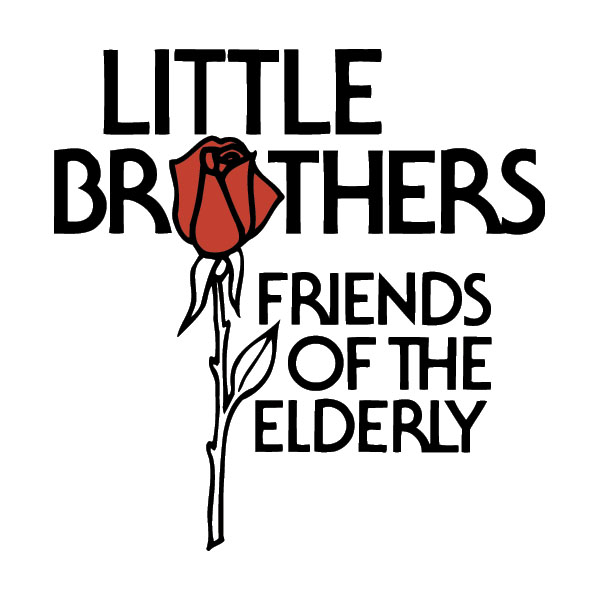Northeastern
University - Northeastern Students4Giving
2014 Request for
Proposals: Trauma Treatment, Diversity
& Inclusion
Northeastern Students4Giving (NS4G), a
student-led experiential philanthropy education program at Northeastern
University, has announced two funding priorities for the 2014 grant cycle: Trauma
Treatment and Diversity & Inclusion. One $10,000
grant will be awarded in each category. Applicants must be located in or serve
the Boston communities of Mission Hill, Fenway, Roxbury, and the South End.
Applications for both funding tracks are due by March 7, 2014.
For Trauma Treatment, funding will be provided to an
organization addressing the effects of trauma on individuals and communities
within Boston. This grant is intended to help individuals and communities
that have experienced trauma as the result of a single event, a series of
events, or a set of circumstances over an extended period of time.
Services must be informed by an understanding of the lasting and diverse
effects trauma may have on clients’ physical and mental health and overall
quality of life, as well as on their families and communities. For the complete
guidelines, including eligibility requirements, and a link to the application
form, please click here or visit http://www.northeastern.edu/ns4g/trauma-treatment/.
For Diversity and Inclusion, funding will be provided to
an organization working to make Boston a welcoming and inclusive city in which
diversity is recognized as a strength. Specifically, we seek to fund an
organization working to:
- foster contact, communication, understanding, and mutual appreciation among diverse social groups to address the misperceptions that can result when they do not have the opportunity to interact; or
- empower individuals to actively participate in all aspects of life in the city without discrimination or fear of violence or intimidation, regardless of their race, ethnicity, cultural background, religion, language, socioeconomic status, gender, sexual orientation, gender identity, age, physical ability, or mental or physical health status.
For the complete guidelines, including eligibility requirements,
and a link to the application form, please click here or visit http://www.northeastern.edu/ns4g/diversity-and-inclusion/
Contact
For more information about NS4G and our application process,
please contact NS4G Program Director Rebecca Riccio at r.riccio@neu.edu or
617-373-4020.








